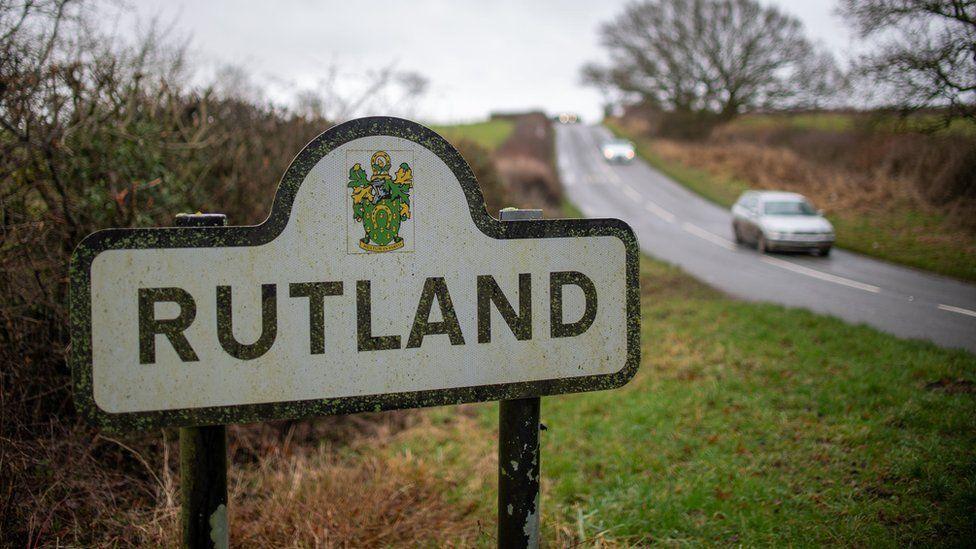How could Leicestershire's political map change?
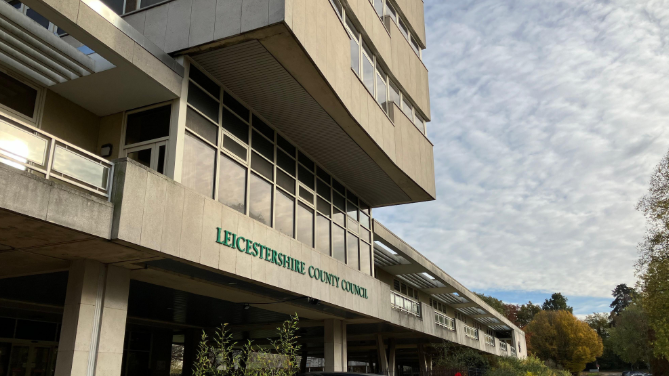
District authorities fear they may be dissolved under proposals by Leicestershire County Council
- Published
"I want to be clear that this is a fresh bid in response to government proposals and not a county council takeover."
That was the message from Deborah Taylor, the acting leader of Leicestershire County Council, on 9 January - the day she and leaders of Leicester City and Rutland County councils met the local government minister to talk about devolution.
But it is precisely a takeover by Leicestershire that some now fear, as the seven districts and boroughs in the county - and neighbouring Rutland - face being deleted from the map.
All this has been triggered by the government which, in December, published plans to shake up local government, simplifying it and creating bigger councils with the aim of devolving more power and funding to them.
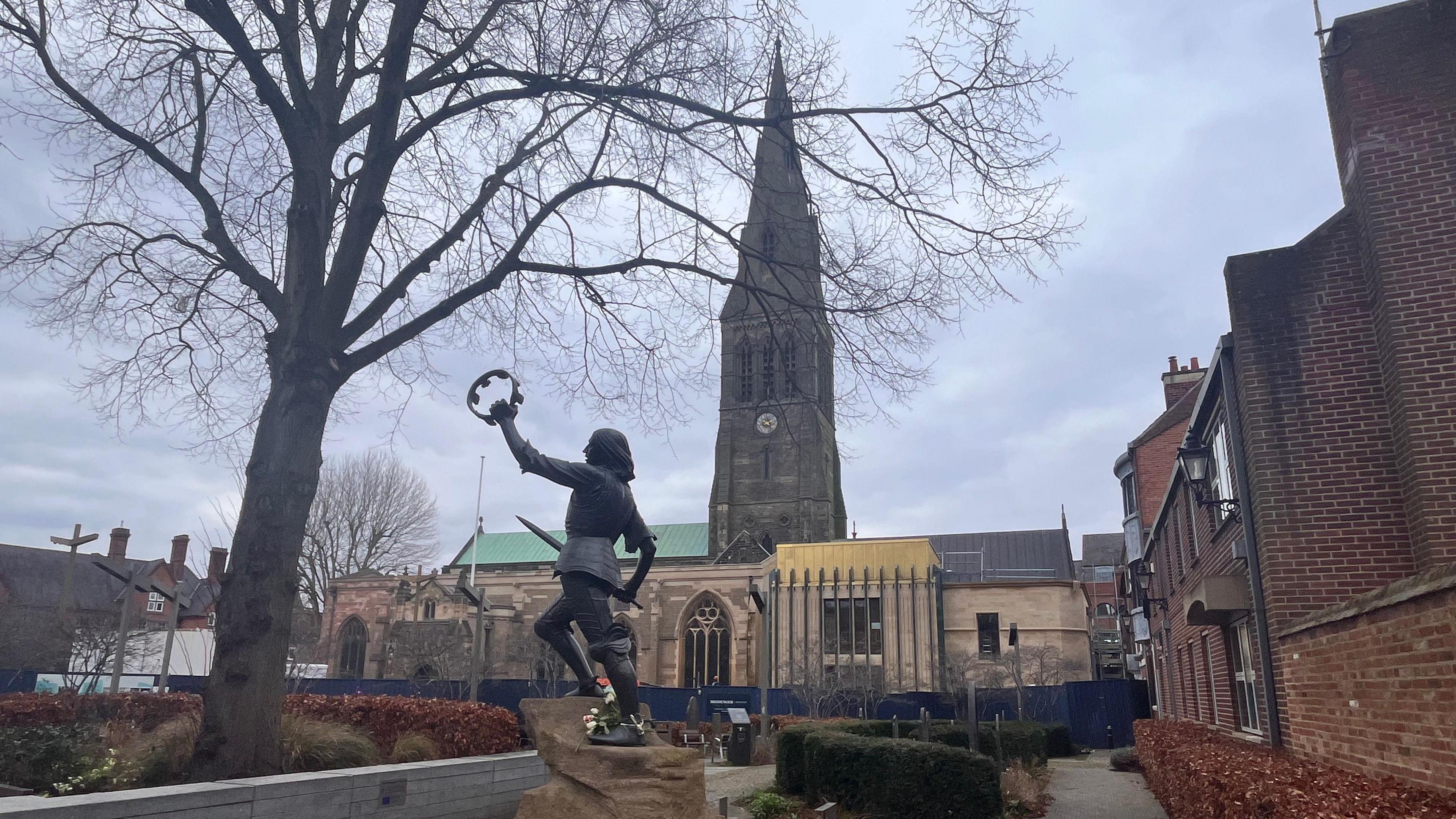
The city of Leicester could expand beyond its current borders
Two tiers of local authority would be removed and new councils would have larger populations than many existing authorities - anywhere between 350,000 and 500,000.
"The connection between local government and place is under threat", according to the smaller authorities who released a statement after it became clear that the bigger councils - Leicester, Leicestershire and Rutland - had already agreed to work together to deliver change.
And Leicestershire's MPs have shown they are more than keen to weigh in to protect the distinct communities in their constituencies.
There's time pressure on all of this. The government expects interim plans on local government to be submitted on or before 21 March so everyone has to move quickly, and reach as much agreement as they can, as soon as they can.
So what could our councils decide to do?
What we have now
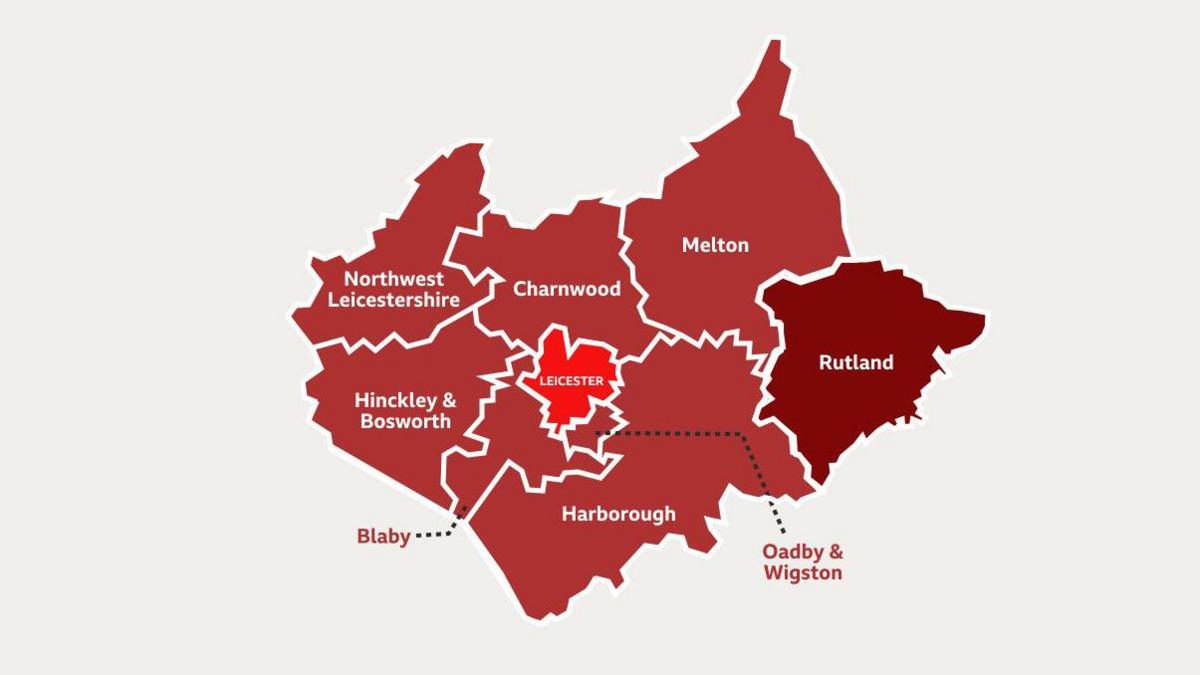
The current make-up of councils in Leicestershire
As it stands, Leicestershire consists of Leicestershire County Council, with Blaby District, Charnwood Borough, Harborough District, Hinckley & Bosworth Borough, Melton Borough, North West Leicestershire District and Oadby & Wigston Borough councils within it.
Districts and boroughs take care of things like bin collections and leisure centres while wider services like social care and road maintenance are the responsibility of Leicestershire County Council.
In the middle of the county sits Leicester City Council. As a unitary authority, it is the only council and is in charge of all local government in its area.
Rutland sits to the east, proudly independent as a historic shire county. It has been noted on maps as far back as 1159, according to local sources.
This is the kind of set-up the government plans to change.
Leicestershire as one?
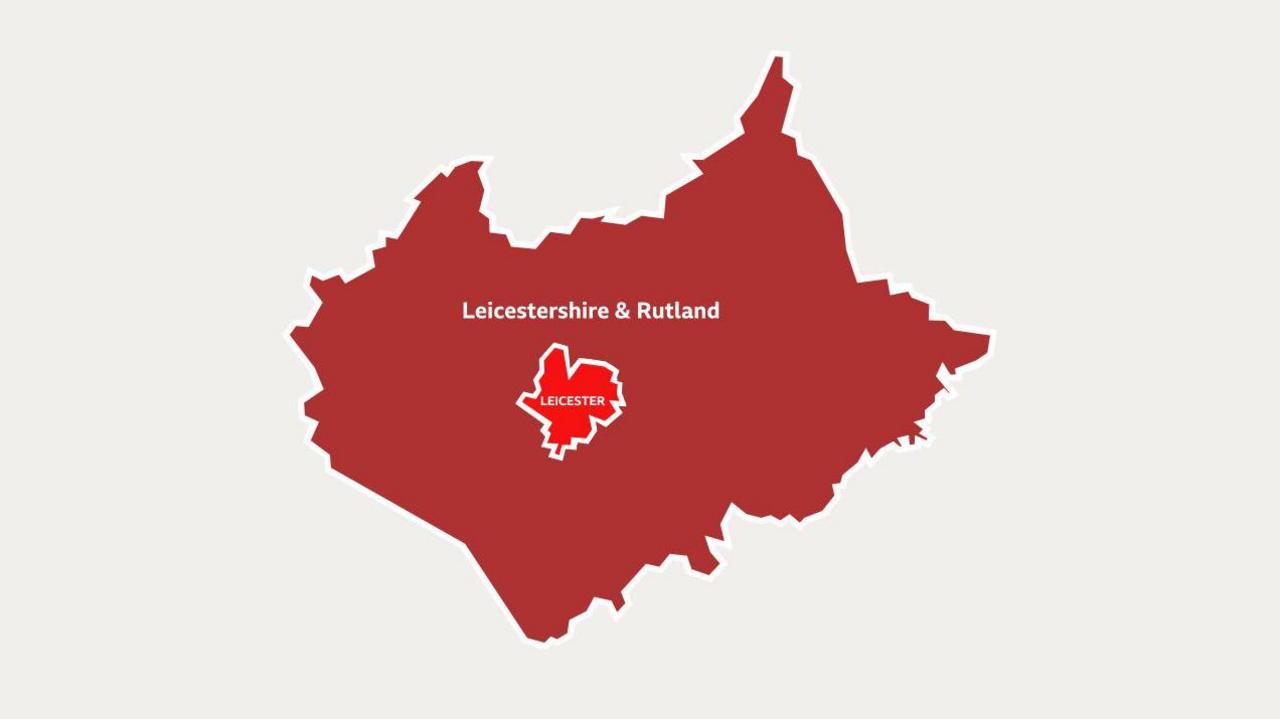
Would a unitary Leicestershire council be the simplest option?
Would it be easier - and cheaper - for everyone if we had just one authority for Leicestershire and Rutland?
That is what the county council is arguing: cut back on the confusion, remove duplication and create one council for the whole of Leicestershire and Rutland.
And this is what the government appears to be aiming for. A bigger single council would create the potential for a mayoral strategic authority later on, eventually allowing the area a big slice of devolution: more power and cash delivered locally.
Leicestershire County Council tried to develop the idea of creating a unitary county council in 2018, but it did not progress.
Members of Hinckley & Bosworth Borough are among those in smaller councils that have already described a single Leicestershire-wide council as "the worst option" for their residents.
An independent Rutland?
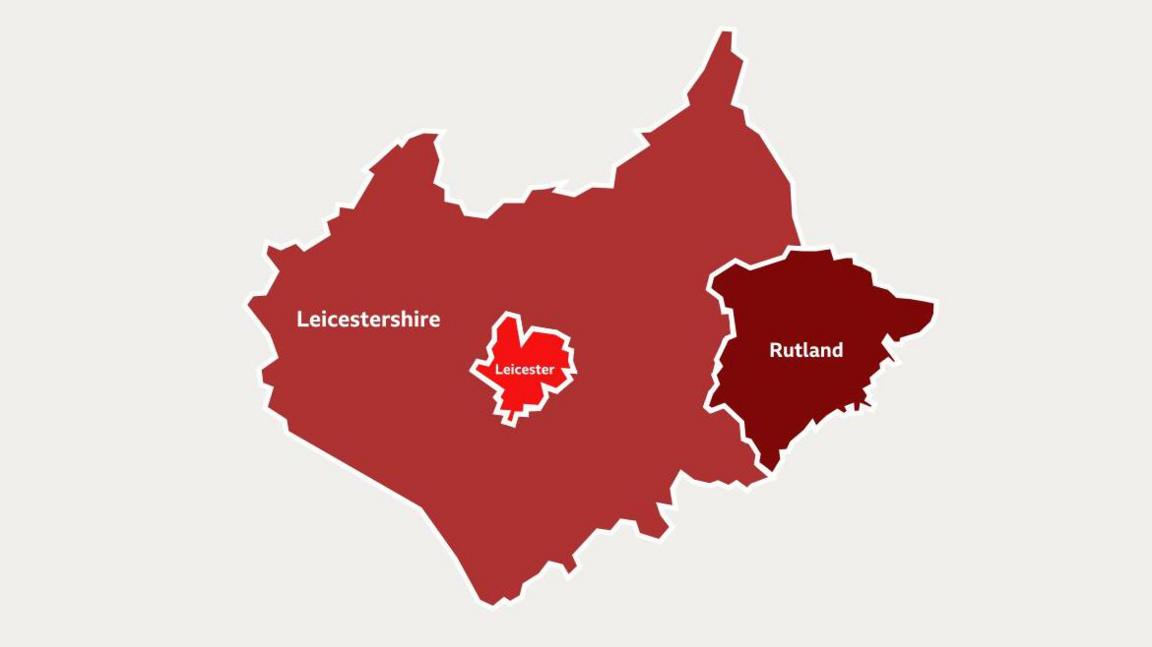
Rutlanders hope to retain their independence
With a population of about 41,000, it is hard to see how Rutland could stay independent under the current proposals.
However, there is a get-out clause.
Here's what December's government devolution White Paper said about council size: "For most areas this will mean creating councils with a population of 500,000 or more, but there may be exceptions to ensure new structures make sense for an area, including for devolution, and decisions will be on a case-by-case basis."
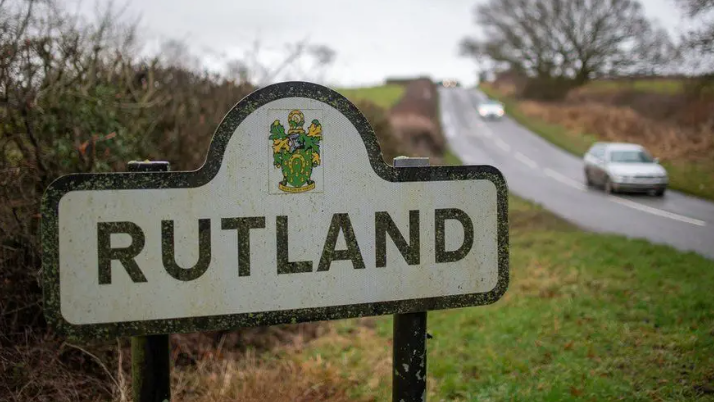
Rutland is England’s smallest county
Then there is Rutland's previous on this.
In 1974, it was absorbed into the county of Leicestershire. And it was not popular.
Residents fought to retain their long-held separate identity and on 1 April 1997, it regained its status as a separate county.
But the financial cost for those residents has mounted ever since. Home of some of the highest council tax bills in the country, whisper it on the streets of Oakham, and you'll hear at least some - perhaps newer residents - say that maybe the status is becoming a bit of an unaffordable luxury.
But the majority of locals I have spoken to so far seem keen to keep Rutland independent.
A recent full county council meeting in Oakham to discuss this reached agreement that the ceremonial county of Rutland must remain whatever else happens.
And they fear being absorbed into a larger Leicestershire authority could mean the whole county being represented by as few as three councillors, as opposed to the 27 they have now.
Other options
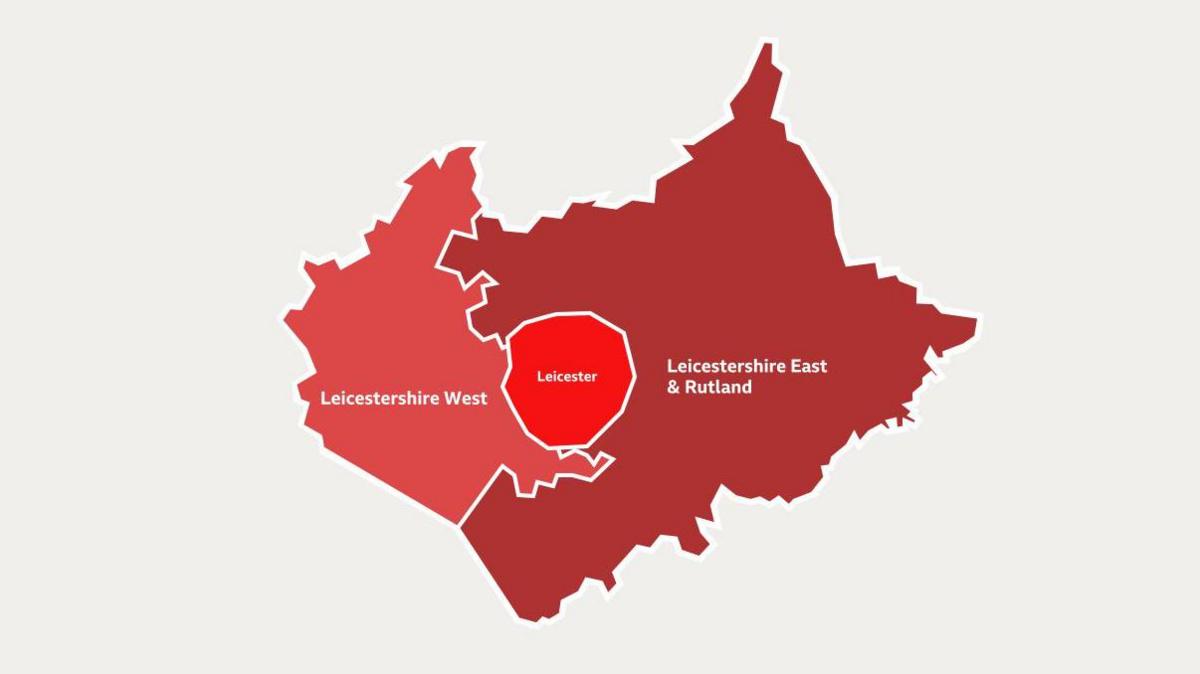
Leicestershire's population may be considered too large for a single council
A single authority for all of Leicestershire may be too big to act as a local council.
Where would its headquarters be? How local would that 'local' council be to those living in Bottesford, Billesdon, Barrow or Bosworth? Would two councils work better? If so, how to split Leicestershire?
A more manageable split, in terms of population at least, may be between east and west Leicestershire. Generally, the east of Leicester is more rural and to the west, more industrialised.
But the population is skewed in the same way so evening things out might require the likes of Charnwood, Melton, Harborough and Oadby & Wigston to come together in a new council.
Blaby, Hinckley & Bosworth and North West Leicestershire could combine on the other side of the city.
A lot would also depend on how far - and where - the city of Leicester expands, so that its population also evens out with that in the counties.
What happens next?
Everyone agrees that the timetable is very tight for getting local government changes approved.
A number of council leaders - and MPs - are now asking their residents to email the government to "keep the 'local' in local government and keep decision-making in the hands of local people".
Full proposals that Leicester, Leicestershire and Rutland agree on are expected to be delivered to the local government minister by 28 November.
The maps in this feature represent just possibilities but are the kind of options councillors will have to consider.
There's little agreement on any change as yet. Conversations have only just started between councils.
But change is coming and, remarkably, with little obvious opportunity at the moment for local people to have a direct say in it.
Get in touch
Tell us which stories we should cover in Leicester
Follow BBC Leicester on Facebook, external, on X, external, or on Instagram, external. Send your story ideas to eastmidsnews@bbc.co.uk, external or via WhatsApp, external on 0808 100 2210.
Related internet links
- Published12 February
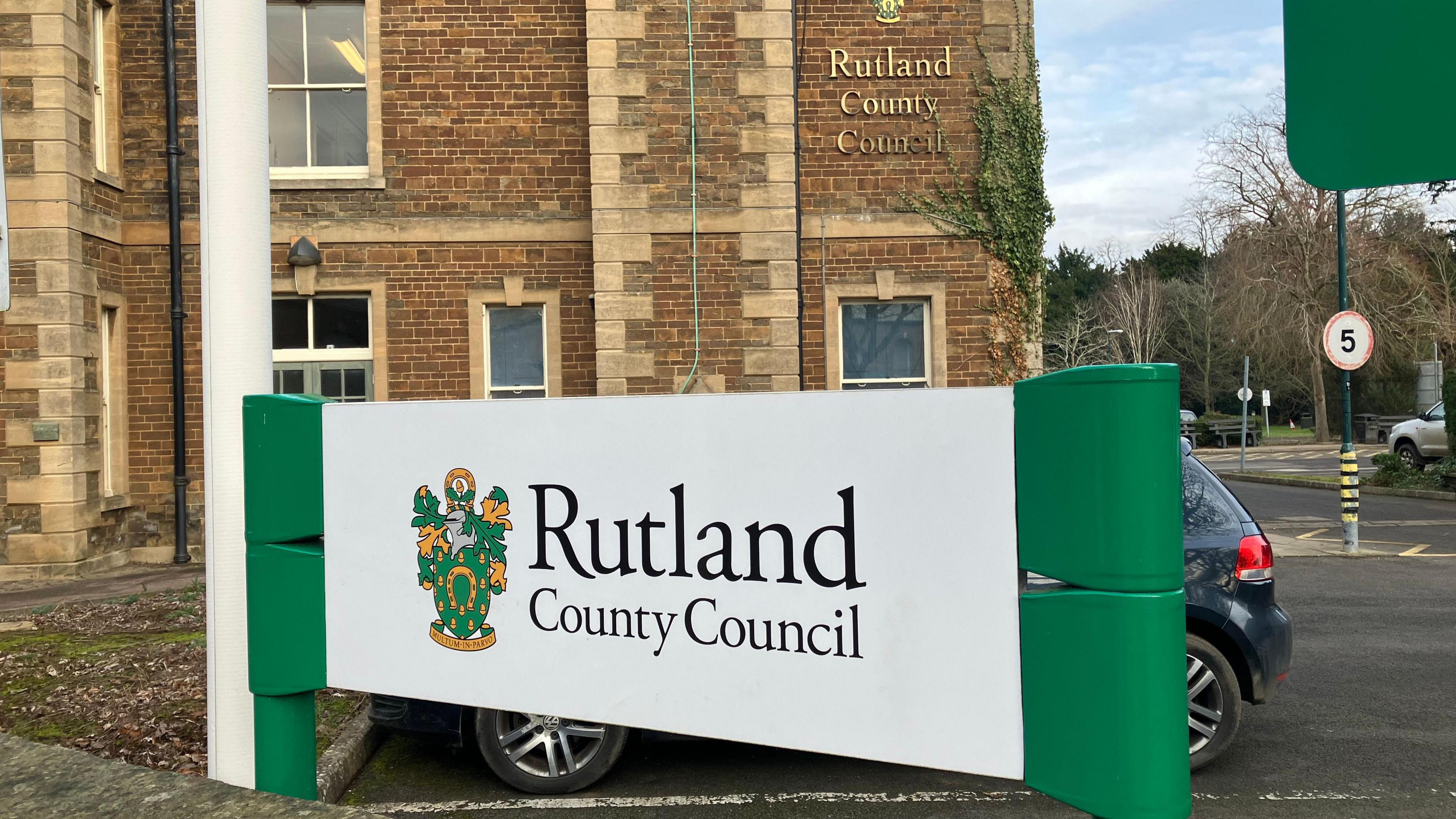
- Published20 January
